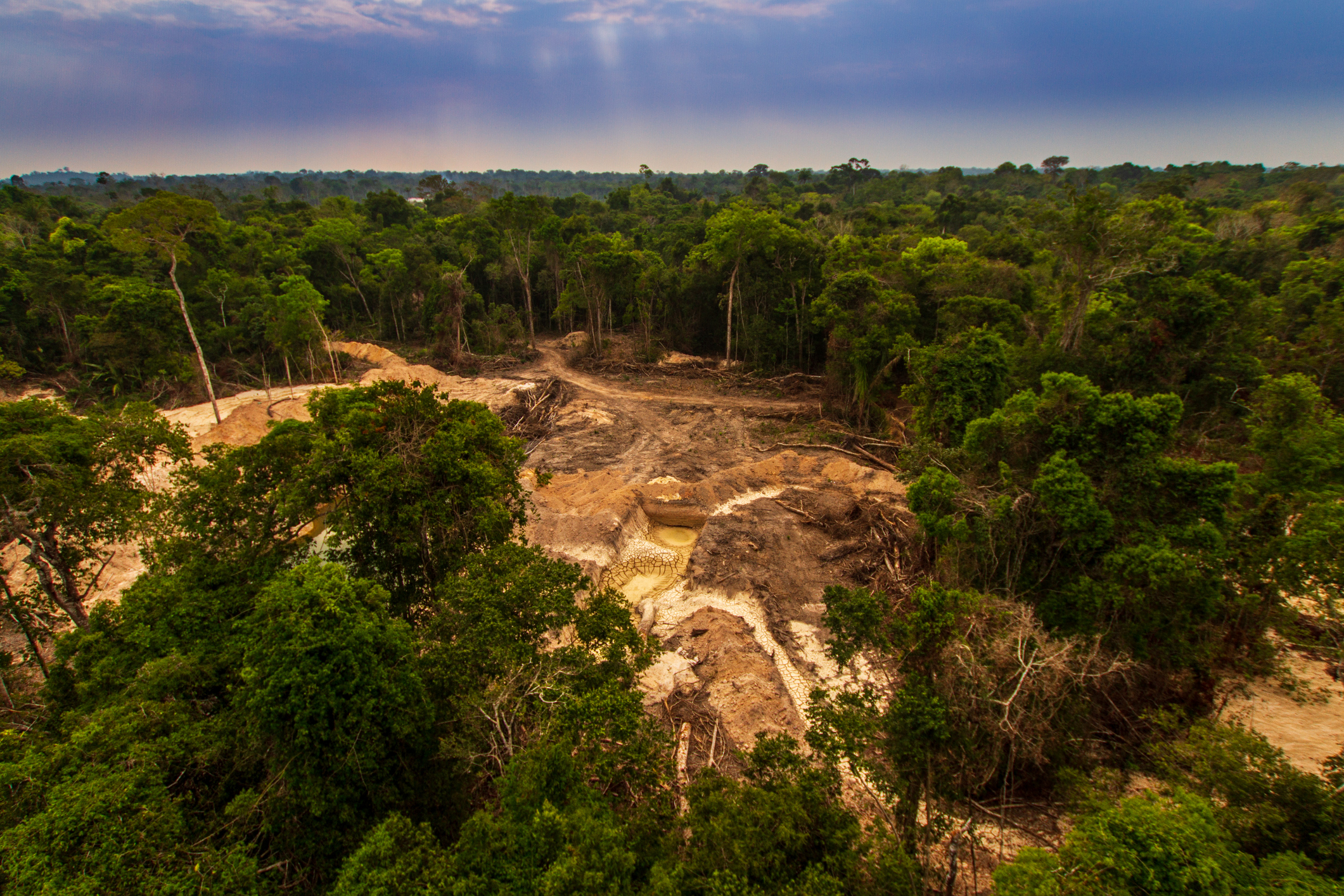
Three-quarters of the Amazon rainforest may be speeding toward a “tipping point” that, if passed, could leave the world’s critical tropical biome a relatively dry savanna within a few decades, according to new research published today in the journal Nature Climate Change.
Researchers for years have used complicated models to project if or when the region might cross such a threshold. What’s new about this research is its reliance on satellite data to measure changes in how quickly the forests bounce back after drought, fire or human activity. The Amazon plays an important role in the world and regional climate systems, redistributing water around South America, influencing the global atmospheric circulation, protecting biodiversity and storing many billions of tons of carbon dioxide that would otherwise increase global heating.
The new paper’s authors, from the University of Exeter and the Technical University of Munich, examined the forest’s rate of recovery from disruptive events—mostly drought and human activity—a factor they call “resilience.” They analyzed two kinds of data, one that estimates tree water content by sensing biomass levels, and another that records how green vegetation is. Twenty years of satellite data was enough for them to conclude that the forests’ response rate has worryingly declined in just two decades—but not enough to say with any precision when the Amazon might cross the tipping point.
The “system is losing stability,” said Timothy Lenton, director of the Global Systems Institute at the University of Exeter and a co-author. “What’s important is, it can be losing stability, and we can pick that signal up—without it necessarily showing up as some really massive change in the biomass or the tree cover.”
Challenges beyond the analysis itself make timeline projections difficult. “It’s going to depend on defining what counts as catastrophe,” he said. That could mean identifying a percentage of forest loss. For example, he said, if enormous conflagrations informally called “mega fires” pick up, “you could lose a significant chunk of it in the space of a decade or two.”
Lenton and other researchers have identified in recent years what they think are a spectrum of tipping points, beyond which major Earth systems could completely change how they operate. These include melting polar ice and other glaciers, thawing permafrost and ecosystem shifts, such as with forests or coral die-off.
The rainforest is millions of years old. Ice ages caused by the Earth’s orbital variations came and went, rainfall rose and fell and its boundaries shifted with time. “It has always survived this,” said Niklas Boers, an Earth system modeling professor at the Technical University of Munich and a co-author. But never in that time has a single species actively destroyed vast swaths of forest and made the global climate more susceptible to drought. “There’s no point back in time where we can say that the situation is like this.”
Deforestation is itself a major cause of climate change. The research suggests that halting deforestation not only keeps local patches of the Amazon healthy, but contributes to the health of the system.
Threats to tropical forests earned their own chapter in a 3,675-page UN climate science report released last week. With 4.2 million square kilometers (1.6 million square miles) of forests lost since 1990—90% of it in the tropics—the scientists concluded that “the complexity of tackling drivers of forest loss and degradation is increasing as climate impacts on forests and ecosystems increase.”
Boers said that there’s still time to work urgently to slow or stop the damage. “We haven’t crossed that tipping point yet,” he said. “So there’s still hope.”
More Must-Reads from TIME
- Breaking Down the 2024 Election Calendar
- How Nayib Bukele’s ‘Iron Fist’ Has Transformed El Salvador
- What if Ultra-Processed Foods Aren’t as Bad as You Think?
- How Ukraine Beat Russia in the Battle of the Black Sea
- Long COVID Looks Different in Kids
- How Project 2025 Would Jeopardize Americans’ Health
- What a $129 Frying Pan Says About America’s Eating Habits
- The 32 Most Anticipated Books of Fall 2024
Contact us at letters@time.com